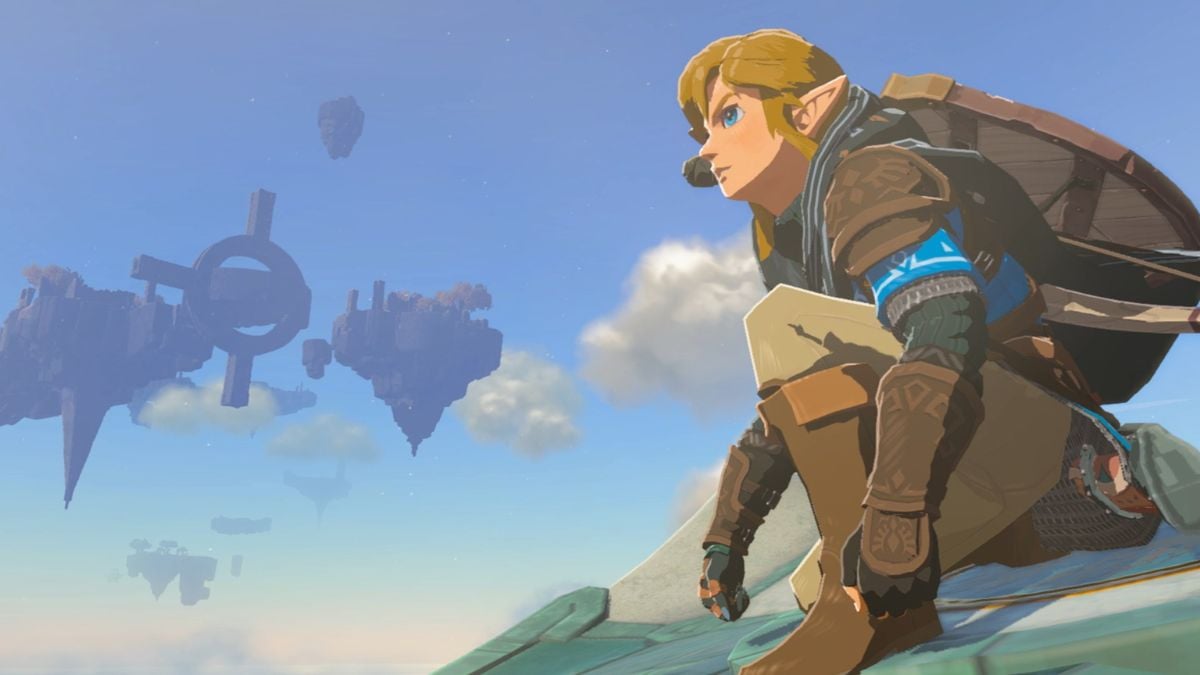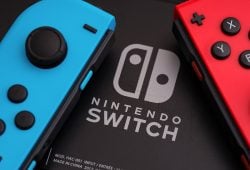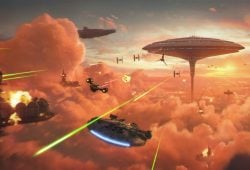
The universe of The Legend of Zelda is finally heading to the big screen in a live-action adaptation. The news, which has thrilled both gamers and movie lovers alike, now has an official theatrical release date.
If you’re a fan of Nintendo’s iconic video game franchise, here’s everything we know so far about the upcoming live-action movie.
When is the live-action Legend of Zelda movie coming out?
It will premiere on March 26, 2027, distributed by Sony Pictures. The release date was announced through Nintendo’s new app, Nintendo Today, confirming what fans have been eagerly awaiting since November 2023—when Shigeru Miyamoto, creator of the series, first revealed that the project was in development. The production will be a collaboration between Nintendo and Sony Pictures Entertainment, with Nintendo providing the majority of the financial support.
Who is directing The Legend of Zelda movie?
The director selected for this ambitious project is Wes Ball, known for his work on The Maze Runner and Kingdom of the Planet of the Apes. Ball will not only direct the film but will also serve as a producer alongside Joe Hartwick Jr. through their production company, Oddball Entertainment. Additionally, Avi Arad, a seasoned producer of video game and comic book film adaptations, will co-produce the movie with Miyamoto.
ALSO READ. Is Bank of America canceling accounts? What we know
Who is in the cast of the Zelda movie?
For now, the Zelda movie cast remains a mystery. No official announcements have been made regarding who will portray iconic characters such as Link, Zelda, or Ganondorf, fueling plenty of speculation and fan casting online. What is confirmed is that the story is still in development, signaling that the production team is taking its time to ensure a faithful adaptation of the Legend of Zelda universe.
Although specific plot details haven’t been shared, it’s expected that the live-action Legend of Zelda movie will feature classic elements from the franchise—such as the battle between good and evil, the mystical land of Hyrule, and the legendary Triforce. Fans are hoping for an epic adventure that truly captures the essence of the game.
Why did Nintendo decide to make a Zelda movie?
The massive success of The Super Mario Bros. Movie, which grossed over $1.3 billion worldwide in 2023, encouraged Nintendo to explore more cinematic adaptations. Their decision to take an active role in the production—just as they are doing with the Legend of Zelda live-action project—stems from a desire to protect and expand their most beloved franchises.
The countdown has officially begun. Fans of The Legend of Zelda now have a date to look forward to—and high hopes for this long-awaited cinematic adventure.
“The Legend of Zelda: The Story of a Classic Nintendo Video Game”
Few series have captivated as many generations as The Legend of Zelda. Since its debut in 1986, this iconic Nintendo franchise has left an indelible mark on the industry, becoming a benchmark for adventure, exploration, and fantasy.
The story of The Legend of Zelda unfolds in the kingdom of Hyrule, a magical place threatened by evil forces. The protagonist, a young warrior named Link, embarks on an epic adventure to rescue Princess Zelda and protect the Triforce, a powerful artifact that maintains the world’s balance.
The saga’s first game, released for the NES console, revolutionized the adventure genre with its open world, puzzle-filled dungeons, and exploration focus. Over the years, the franchise has evolved, embracing new technologies and gameplay mechanics, but always retaining its essence.
How many Zelda games has Nintendo released?
- The Legend of Zelda (1986): The saga’s beginning on NES, introducing Link and his mission to gather the eight fragments of the Triforce to rescue Princess Zelda.
- Zelda II: The Adventure of Link (1987): Available on NES, it is the only game with a side-scrolling perspective and an experience and level system. Link must save a sleeping Princess Zelda.
- The Legend of Zelda: A Link to the Past (1991): Released for SNES, this installment requires Link to infiltrate the castle to free Zelda from Agahnim and stop Ganon.
- The Legend of Zelda: Link’s Awakening (1993): The first game developed exclusively for a portable console on Game Boy. Link must awaken the Wind Fish to escape Koholint Island.
- The Legend of Zelda BS (1995) and The Legend of Zelda BS: Ancient Stone Tablets (1997): Exclusive games in Japan for the Super NES Satellaview system.
- The Legend of Zelda: Ocarina of Time (1998): This game for Nintendo 64 introduced 3D graphics and Z-targeting. Link must stop Ganondorf by traveling through time.
- The Legend of Zelda: Majora’s Mask (2000): A dark sequel to Ocarina of Time for Nintendo 64. Link must save Termina from a falling moon using magical masks.
- The Legend of Zelda: Oracle of Seasons/Oracle of Ages (2001): Two interconnected games for Game Boy Color combining action, combat, and puzzles across different time dimensions.
- The Legend of Zelda: Four Swords (2002): Initially an extension of A Link to the Past for Game Boy Advance, it allows multiplayer gameplay.
- The Legend of Zelda: The Wind Waker (2002): Introduces a cel-shading artistic style on GameCube, where Link navigates a vast ocean.
- The Legend of Zelda: Four Swords Adventures (2004): For Game Cube, a sequel to Four Swords that allows multiplayer using Game Boy Advance connections.
- The Legend of Zelda: The Minish Cap (2004): On Game Boy Advance, Link can shrink to a tiny size with the help of a talking hat.
- The Legend of Zelda: Twilight Princess (2006): For Wii and GameCube, featuring a darker aesthetic where Link transforms into a wolf.
- The Legend of Zelda: Phantom Hourglass (2007): A sequel to Wind Waker for Nintendo DS, uses the touch screen for navigation.
- The Legend of Zelda: Spirit Tracks (2009): For Nintendo DS, combines adventure and train driving.
- The Legend of Zelda: Skyward Sword (2011): On Wii, narrates the origin of the Master Sword and the battle between the heavens and the earth.
- The Legend of Zelda: A Link Between Worlds (2013): A sequel to A Link to the Past for Nintendo 3DS, with abilities in 2D and 3D.
- The Legend of Zelda: Tri Force Heroes (2015): For Nintendo 3DS, focuses on multiplayer with costumes that change abilities.
- The Legend of Zelda: Breath of the Wild (2017): For Nintendo Switch and Wii U, a massive open world where Link awakens from a long sleep.
- The Legend of Zelda: Tears of the Kingdom (2023): Continuation for Nintendo Switch that expands the rich game ecosystem.










